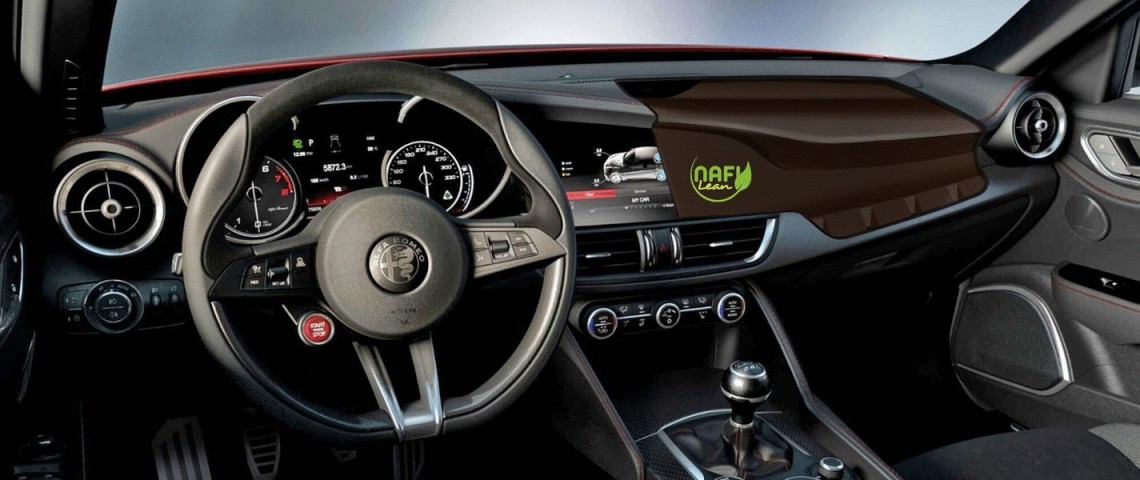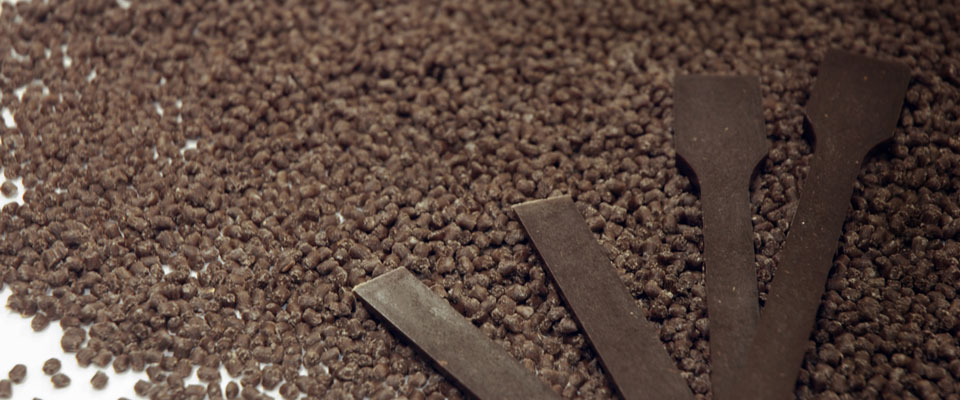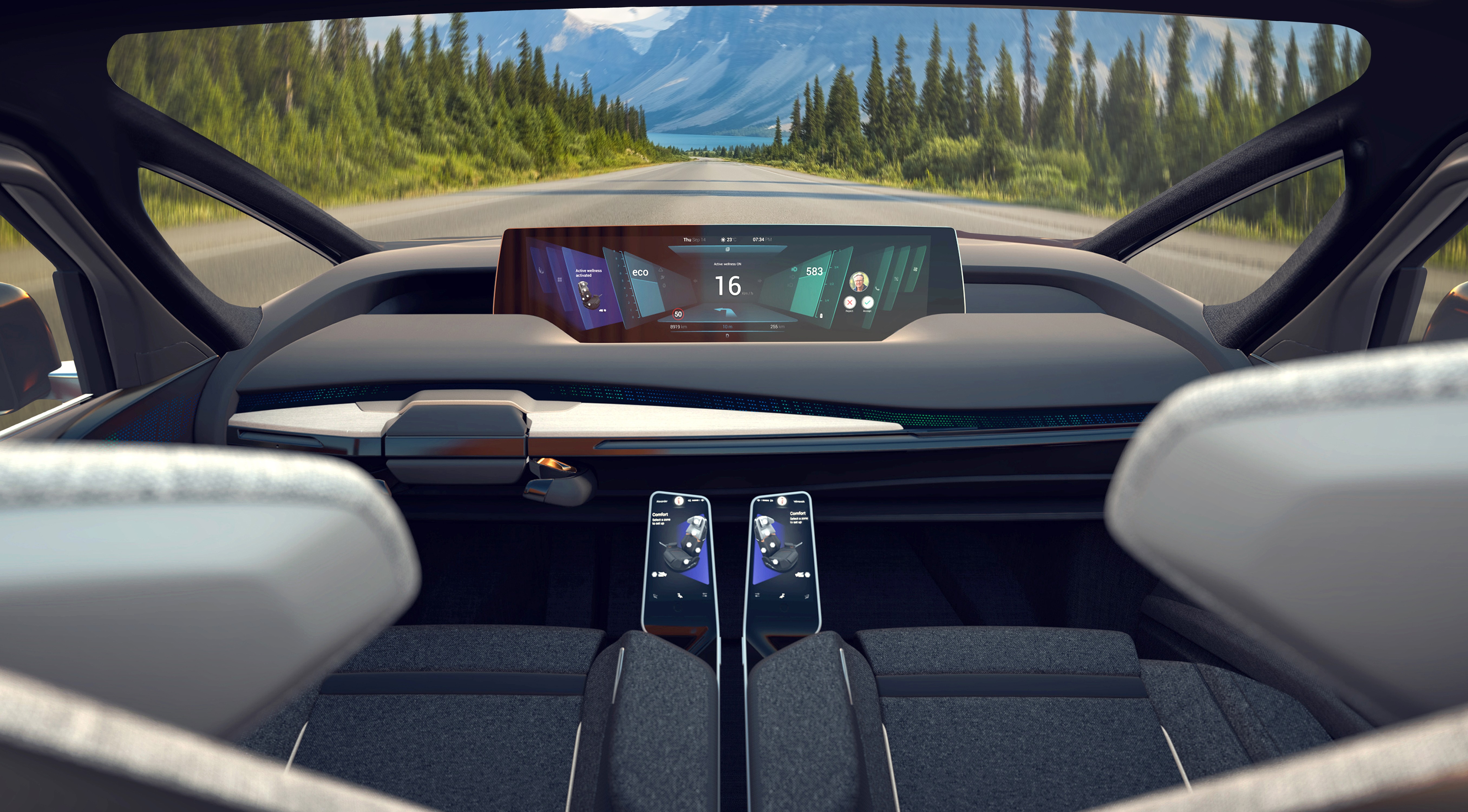New materials are shaping the future of the automotive industry

Could you present Faurecia ?

Founded in 1997, Faurecia has become a leading technology company in the automotive industry in the space of 20 years. With 330 sites, including 30 R&D centres, in 34 countries and 110,000 employees, Faurecia is a world leader in its three business areas: car seats, interior systems and clean mobility. In order to take the pressure off manufacturers who have to contend with a constantly-changing business model, our role as an equipment supplier now involves providing full-featured technological solutions that meet the end consumers’ expectations.
When did you first get interested in polymers and composite materials?

As an interior system manufacturer, Faurecia has always been interested in polymers, and in particular in polypropylene, one of lightest and most affordable plastics of which we process over 200,000 tonnes per year. Over time, polypropylene grades have improved to meet the most stringent specifications in terms of impact resistances and durability.
Through new product architectures, optimised designs, the development and integration of alternative materials using new manufacturing processes, Faurecia is seeking to offer reductions of up to 100 kg in the weight of each vehicle, which comes out to a reduction of 10g of CO2 emitted per kilometre.
To our minds, composite materials are crucial for building lighter cars and our R&D efforts are focused on developing an affordable carbon fibre and a lead time of one part per minute.
Does the future of auto parts design belong to biomaterials?

With growing concerns about the environment and global warming, legislative constraints have become more stringent, in particular with the aim of reducing vehicles’ CO2 emissions. Faurecia’s weight reduction technologies have already included the use of bio-sourced materials for the past 10 years. The materials, developed from plant-based fibres, have several advantages: a lower mass offering the same performance as the usual materials, a reduced impact on the environment, and the possibility of offering new outlets to the agricultural sector. For instance, we developed NAFILean™, a particularly durable and lightweight injectable material made of polypropylene and 20% hemp fibre.
This technology enables us to greatly reduce the weight of massive parts such as dashboard bodies and the upper part of door panels. Other bio-sourced materials can be used in other manufacturing processes, such as compression.
How much more will the bio-sourced reinforcements of thermoplastic composite materials enable vehicles to be made lighter?
Using materials of natural origin contributes greatly to sustainable mobility by reducing the weight of interior parts: using plant-based fibres makes it possible to reduce the weight of certain pieces of equipment by 20% to 25% (compared to traditional materials made from non-renewable fibres (e.g. fibreglass)). Lighter vehicles consume less fuel, and therefore release less carbon dioxide (CO2), one of the main contributors to the greenhouse gas effect. On average, it is said that -13 kg = -1 g CO2 per km travelled.
Can you provide us with examples of innovative applications using polymers?
Among other innovations, Faurecia has developed a composite tailgate combining plastic with carbon fibre, thus reducing the product’s weight by 35%, i.e. by seven kg. Beyond reducing mass, the technology also has other benefits such as removing the need for interior fittings, reducing the number of parts to be assembled, integrating features making assembly easier, and the possibility of creating more complex back window shapes. Beyond weight reduction, our R&D department is also working on self-cleaning polymers and self-healing surfaces able to meet the need created by new uses, in particular for the interiors of shared cars. It is also conducting specific research into acoustic systems made up of a combination of different polymers with the aim of better absorbing and insulating against noise.
How is research going on the cockpit of the future presented at the Frankfurt Trade Fair in 2017?

We want to be among the major stakeholders of this movement which is sweeping through the automotive industry and we attempt to anticipate new needs. We created a cross-functional team which, along with the users, answered all sorts of questions about the architecture of the vehicles of the future, on the customisation of thermal comfort, the increase in man-machine interfaces and the design of smart screens.
For close to 50 years, there was no revolution inside the car, which was essentially designed for the driver. With motorists spending an average of 500 hours per year in their vehicle and continuous progress in the area of self-driving cars, vehicle interiors will become an extension of the home or the office, offering a range of tailored experiences and services.
This will induce a radical change in manufacturing methods and in the very nature of the products and services which will be connected and highly focused on the user. Our main areas of research include plastronics, self-healing materials and self-cleaning materials.
Will we be seeing some of the new developments on the market anytime soon?

Without waiting for the arrival of self-driving vehicles, we are convinced that many of our new technological offers (connectivity, entertainment, acoustic and thermal bubbles, etc.) will be quickly put on the market and aimed at passengers in particular.
To illustrate a few scenarios in which those technologies can be used, we presented a few breakthrough technologies in Frankfurt in 2017 and in particular the “Advanced Versatile Structure”, the first creation in partnership with the ZF Group which specialises in active and passive safety systems. Based on a smart mechanical system, this new seat structure concept intended to be installed in a connective, tailored and predictive cockpit will ensure occupants’ safety regardless of its position.
 The occupants can safely tilt, raise, adjust and rotate the seat as the seatbelt and its retractor are integrated into the seat’s structure, creating an individual safety cocoon. The technologies presented for Sustainable Mobility include powertrain electrification technologies that demonstrate our expertise in the area of composite materials with solutions for electric vehicles using batteries and fuel cells. We are working hard on battery packs which will gradually integrate composite structural parts.
The occupants can safely tilt, raise, adjust and rotate the seat as the seatbelt and its retractor are integrated into the seat’s structure, creating an individual safety cocoon. The technologies presented for Sustainable Mobility include powertrain electrification technologies that demonstrate our expertise in the area of composite materials with solutions for electric vehicles using batteries and fuel cells. We are working hard on battery packs which will gradually integrate composite structural parts.


.jpg)




